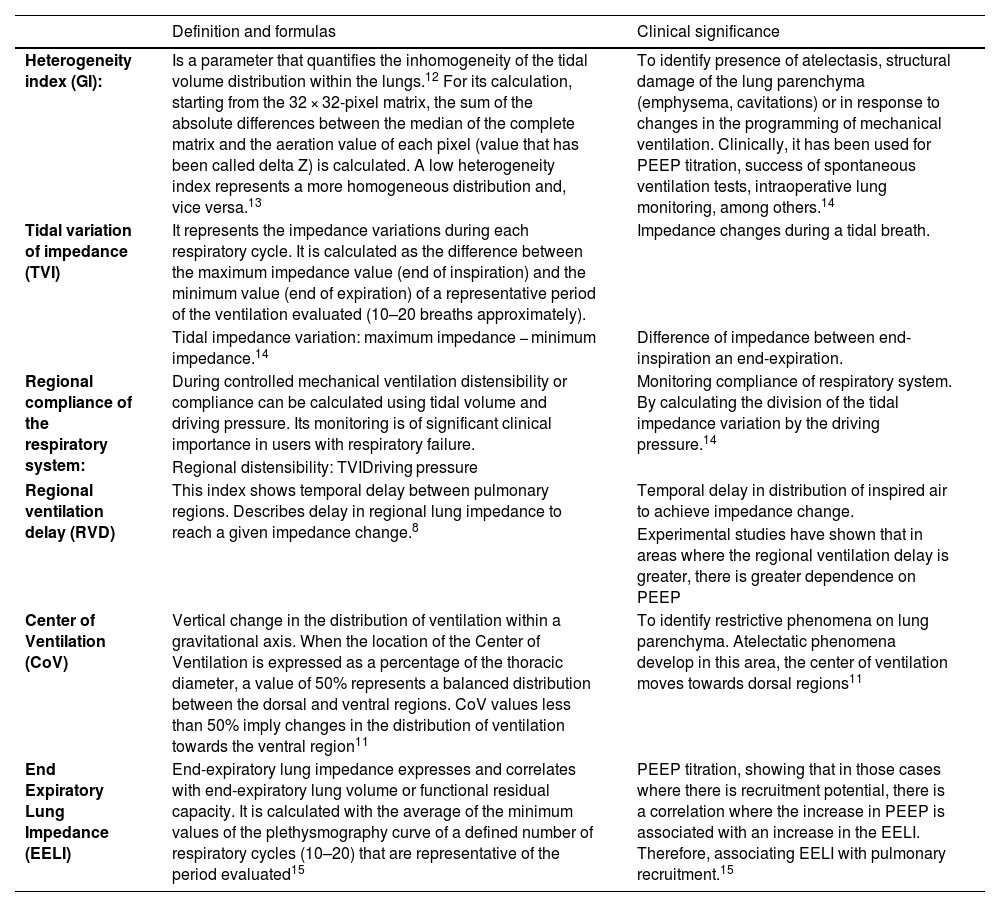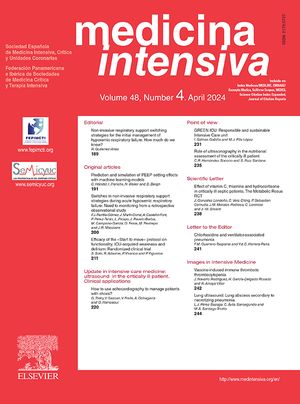Respiratory physiotherapy, including the management of invasive mechanical ventilation (MV) and noninvasive mechanical ventilation (NIV), is a key supportive intervention for critically ill patients. MV has potential for inducing ventilator-induced lung injury (VILI) as well as long-term complications related to prolonged bed rest, such as post-intensive care syndrome and intensive care unit acquired weakness. Physical and respiratory therapy, developed by the critical care team, in a timely manner, has been shown to prevent these complications. In this pathway, real-time bedside monitoring of changes in pulmonary aeration and alveolar gas distribution associated with postural positioning, respiratory physiotherapy techniques and changes in MV strategies can be crucial in guiding these procedures, providing safe therapy and prevention of potential harm to the patient. Along this path, electrical impedance tomography (EIT) has emerged as a new key non-invasive bedside strategy free of radiation, to allow visualization of lung recruitment. This review article presents the main and potential applications of EIT in relation to physiotherapy techniques in the ICU setting.
La fisioterapia respiratoria, es una pieza fundamental en la intervención clínica del paciente crítico. Dentro de las funciones clínicas del fisioterapeuta respiratorio, se puede contar la participación en el manejo de la ventilación mecánica invasiva (VM) como no invasiva (VNI), la terapia física y la ejecución de técnicas de fisioterapia respiratoria a nivel del tórax. La evidencia actual ha demostrado que mayor tiempo en VM se pudiese asociar potencialmente a daño pulmonar (VILI) y complicaciones musculares periféricas como debilidad muscular adquirida en la unidad de cuidados intensivos y potencial síndrome post cuidados intensivos. En esta vía la terapia física y respiratoria, implementada por el equipo de cuidados críticos, ha demostrado prevenir estas complicaciones. Es por esto, que la monitorización en tiempo real - que permita visualizar cambios en la aireación pulmonar y la distribución del gas alveolar, asociados a cambios posturales, técnicas de fisioterapia respiratoria y la aplicación de diferentes estrategias de VM - pudiese ser crucial guiando la seguridad de estos procesos clínicos. De esta forma la tomografía por impedancia eléctrica (TIE) emerge como una técnica novedosa, no invasiva y libre de radiación, que permite la monitorización pulmonar al borde de la cama del enfermo crítico guiando y potenciando diversos actos clínicos para el mejor tratamiento del usuario en la unidad crítica. Es por esto que esta revisión presenta las potenciales aplicaciones de la TIE en la relación a las técnicas de fisioterapia respiratoria en el paciente crítico.
Article
Go to the members area of the website of the SEMICYUC (www.semicyuc.org )and click the link to the magazine.








